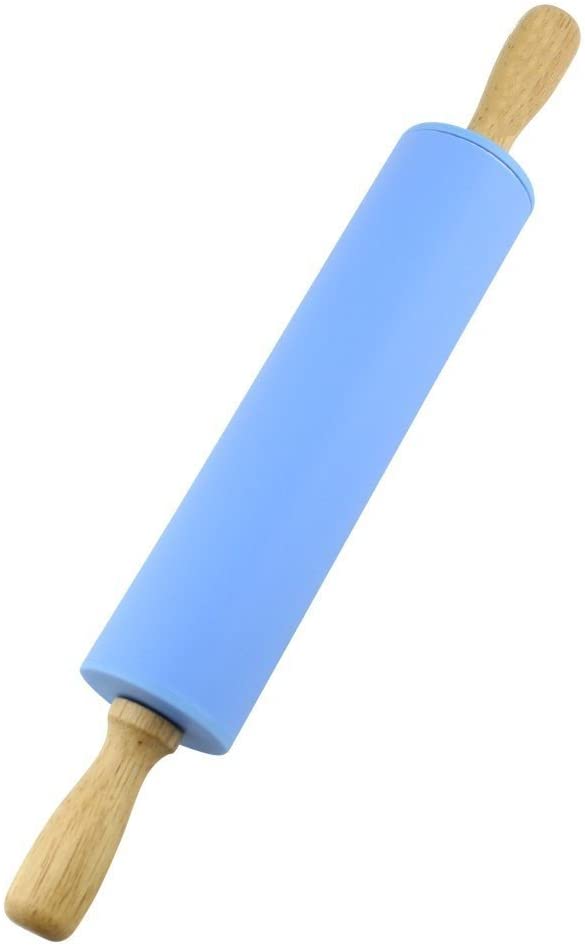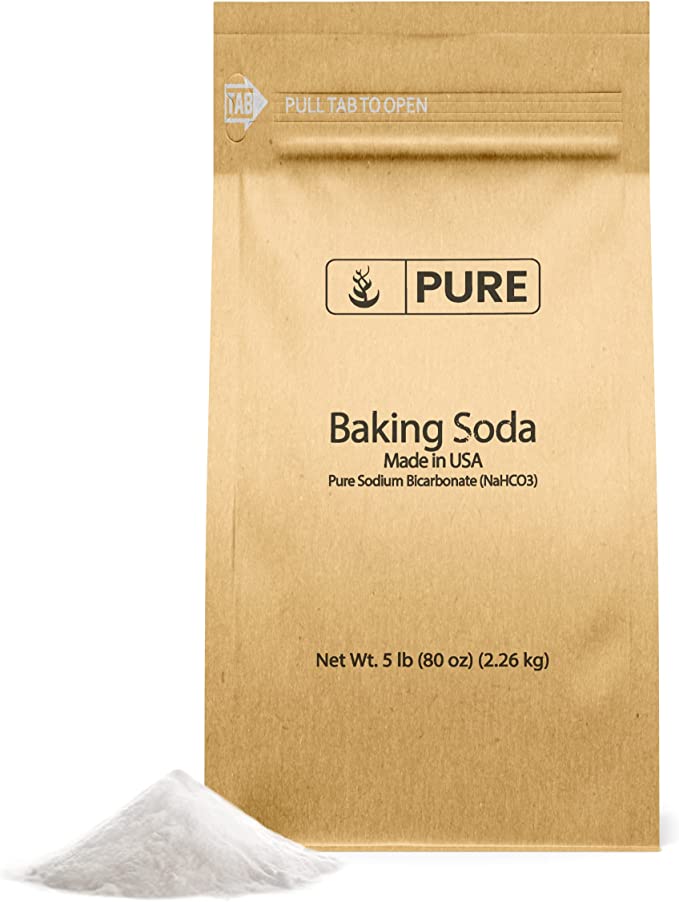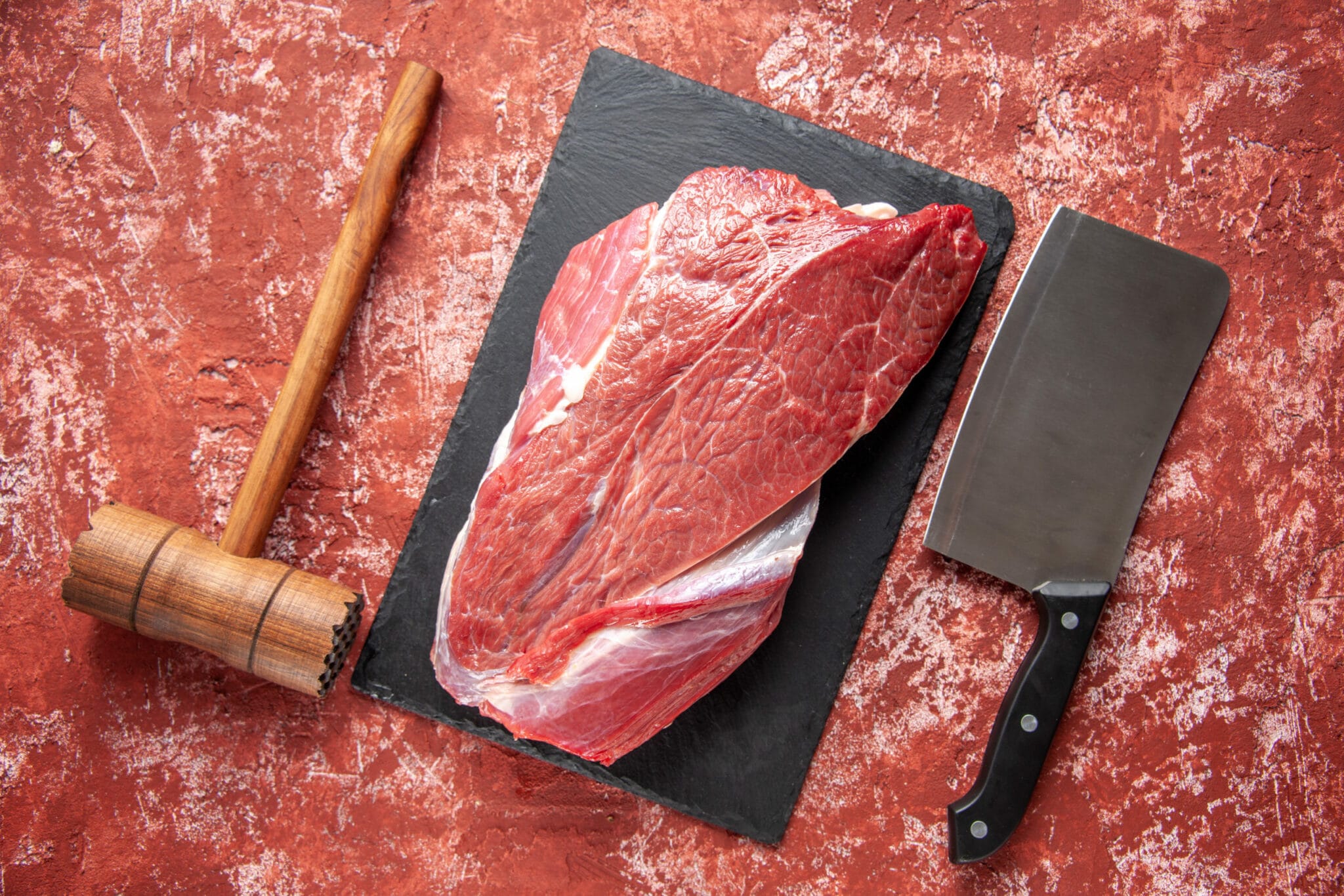You will find a mallet as a valuable tool for most culinary activities because it is ideal for tenderizing and flattening meat. Yet, it can also break up hard ingredients and perform other tasks.
However, this basic tool might not always be available for your use at certain moments. In this case, you will have to consider some befitting meat mallet alternatives, so your recipe still goes according to plan.
Read on to learn more about meat mallet, foods that you will enjoy employing it in, plus I also highlighted fine substitutions for when you are in a pinch.
What is meat mallet
A meat mallet is a basic tool used in flattening or tenderizing meat – it is used to pound against the tough fibers in meat.
A meat mallet is a culinary tool that typically comes in a mallet with a flattened or protruding-shaped surface.
They are also known as meat pounders, are made of wood, steel, or plastic composites (they can be built out of almost any object), and are available in square, round, or oval designs.
Notably, there are three kinds of meat mallets available.
The first is a tool that looks like a hammer but is constructed of metal or wood, has a short handle, and has dual heads. The tool has a flat one side and rows of pyramid-shaped heads on the other types.
The second variant has a short handle and a broad metal face that is either smooth or ornamented with the same pyramid-shaped tenderizers as the first.
The third kind is a blade tenderizer, which uses a series of blades to pierce the meat and cut through its muscle fibers.
Meat mallet uses in recipes
Several recipes call for pressing the meat into thin slices. Notably, this works well for faster and more consistent cooking. See some recipes you can utilize meat mallet efficiently in:
- Crush Potatoes
- Baked Steak
- Mash Garlic
- Ice for Cocktails
- Turkey
- Chicken
- Round Steak and Gravy
- Pepper Steak with Onions
- Chicken Fried Steak
- Beef Broccoli
- Mutton Curry
- Italian Stuffed Flank Steak
- Super Tender Mongolian Beef
- Cube Steak
- London Broil
Meat mallet substitutes
A mallet is typically recommended when flattening meat in the kitchen, but it isn’t the only tool available.
Great news if you seem not to have the meat mallet available with you. Here are some meat mallet substitutes for flattening meat:
Papaya pulp
This is a suitable natural means of tenderizing your meat.
Notably, the enzyme’ papain,’ derived from papayas, is found in most powdered meat tenderizers. Yes, that’s right – that’s why a papaya pulp is befitting for the task.
Proceed to cut a papaya in half; extract the seeds; scoop out the flesh; mash it, and spread it over the meat. 2 teaspoons of the papaya pulp for every pound of meat will do.
You can also marinate the meat in papaya juice if you desire. That will be nice.
Then proceed to pierce the meat with a fork multiple times on all sides (forking). This ensures that the fruit enzymes are evenly distributed throughout the meat.
You have to cook the meat two hours later; if not, the enzymes will render the meat over-tenderized.
Rolling PIN

Yes, a rolling pin will suffice as a substitute for a meat mallet.
A rolling pin is a cylindrical food preparation equipment used to roll out the dough and mold it. Rolling pins are available in a range of forms and materials, and they can be used for a variety of cooking and baking activities.
However, you will have less success rolling out your meat. Therefore, you will have to use it strikingly instead of a rolling motion.
Furthermore, you will need to place a piece of plastic wrap between the meat and the rolling pin to ensure that you can keep everything neater, hygienic, and uniform.
Baking soda

Baking soda is a reliable substitute for meat mallets, and it is an excellent option to tenderize your meat at home without stress.
Firstly, a sharp knife thinly slices the meat across the grain. Then you can sprinkle baking soda over the meat, press it in lightly, and set it aside for several hours, refrigerated.
You might also use a paste of baking soda and water to cover the slices of meat, then leave it for several hours to marinate.
Before cooking, rinse thoroughly to remove all of the baking soda. If you find this leaves a bitter or salty aftertaste, try adding a small amount of baking soda to another marinade.
Though there may be no actual need to rinse off the marinade, thinly sliced meat, seafood, or poultry can benefit from baking soda.
Frequently asked questions (FAQs)
Do meat mallets significantly aid in the preparation of meat?
Meat tenderized with a mallet weakens the fibers, making it easier to chew and digest. It comes in handy for cooking exceptionally tough steak cuts, and it works great when broiling or frying them.
Is it safe to eat tenderized meat?
Notably, tenderized meat can be used in various recipes. Yes! Mechanically tenderized meat, like any other product, is safe to consume. However, to avoid the risk of foodborne illness, specific steps should be taken to ensure that the product is fully cooked – meat that has been fully cooked eliminates the risk of foodborne illness.
Does Apple cider vinegar help to tenderize meat?
Yes, you can tenderize your meats by marinating them in apple cider vinegar. Knowing apple cider vinegar is quite acidic, you don’t need to add that much. Moreover, don’t marinate the meats for too long, so prolonged exposure will not break down the fibers in the meats and turn them to mush.
Conclusion
Many recipes, especially those involving meat, call for crushing portions of meat and rendering them tender for swift and worthwhile cooking.
You may be missing a meat mallet, and however, that should not cause any problem with your recipes. For example, in a pinch, you can replace meat mallets easily with some ordinary household things (ingredients) at home.

